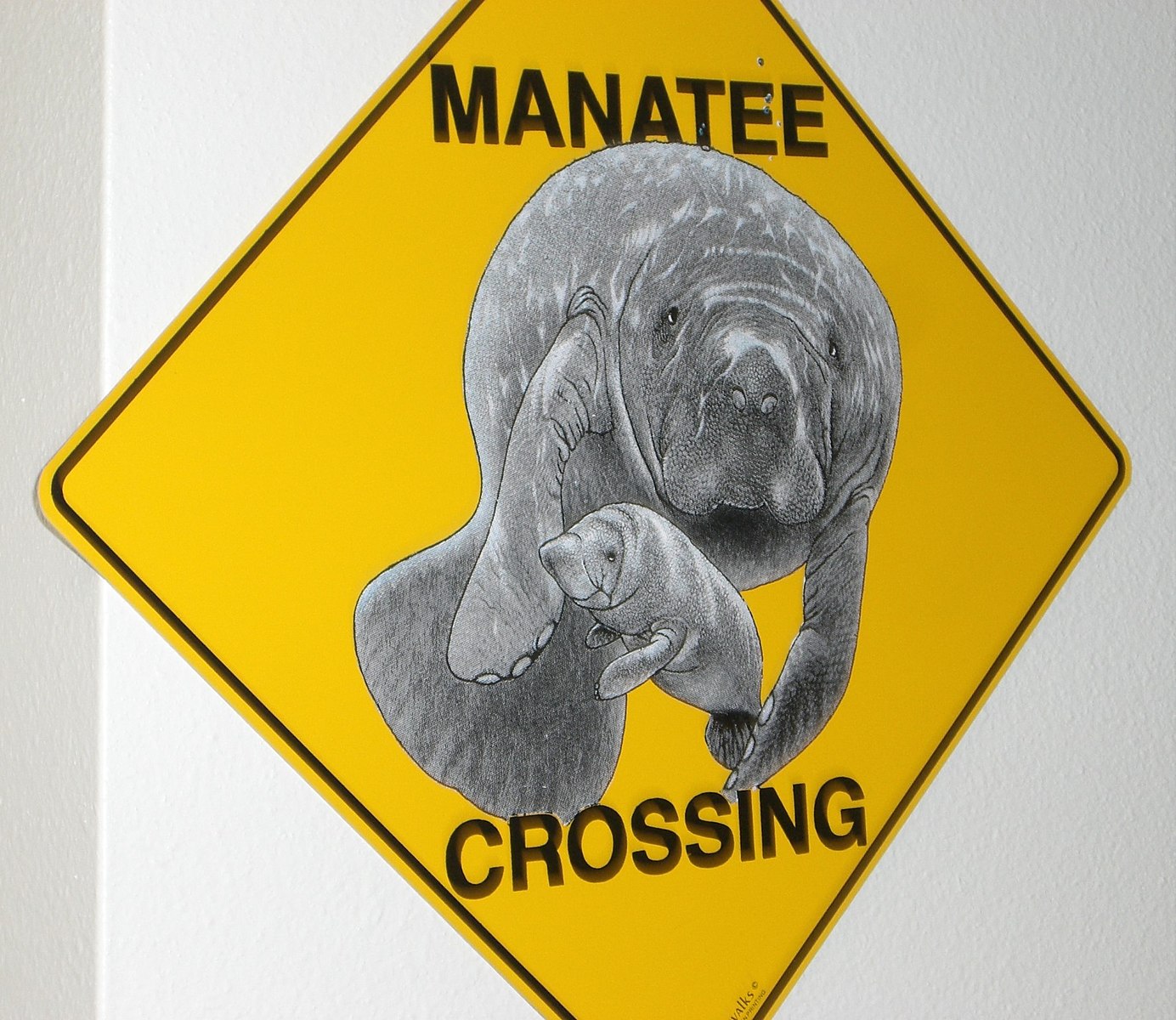Watch this space for the latest from GWD HQ, and keep your FOMO to a BM (that means Bare Minimum).
It Came From the First Week of January

This is not a pinup poster. (credit below)
We kicked off the new year with a round called “It Came From the First Week of January,” with eight questions on, you guessed it, January-starting events. Did you know Mary Shelley published the O.G. monster novel, “Frankenstein” on January 1 back in 1818? Or that Elvis recorded his first demo on January 4 back in 1954? Of course you did! Well, we couldn’t help ourselves to stretch events happening in the first week of January to some Christopher Columbus dipshittery that happened a few days later. Take it away!
Everyone knows that Christopher Columbus was tyrannical, brutal, vindictive, and one of history’s all-around biggest ballbags. It turns out he’s a bit of an idiot too. In addition to his geographic and navigational mistakes, some experts think that the “gold” he claimed to see in Costa Rica was actually a bunch of bananas. And then there was the time that he mistook three manatees for mermaids.
According to the ship’s log that he kept, on January 9, 1493 he and his crew first encountered some large tortoises near the present-day Dominican Republic. Columbus wrote that the tortoises’ massive shells reminded him of “great wooden shields,” which isn’t exactly poetic but it’s not totally wrong either. “Yesterday when I was going to the Rio del Oro, I saw three sirens that came up very high out of the sea,” he continued. “They are not as beautiful as they are painted, since in some ways they have a face like a man.”
So yeah, idiot. This future statue wasn’t staring at Ariel’s ancestors: he was most likely bodyshaming a trio of either manatees or Steller’s sea cows, a similar aquatic mammal that was extinct by the mid-18th century. He’s also not the only seafarer to think that a real-life manatee might’ve been a mythical being. In a pamphlet called “Manatees: An Educator’s’ Guide,” the Save the Manatee organization suggests that manatees and dugongs might’ve “helped to perpetuate” mermaid stories.
“Throughout history, sailors sometimes thought they were seeing mermaids when they were probably seeing manatees or dugongs,” the pamphlet reads. “With a little imagination, manatees have an uncanny resemblance to human form that could only increase after long months at sea. In fact, manatees and dugongs may have helped to perpetuate the myth of mermaids.”
But how does anyone with functional eyeballs make that kind of mistake? One professor has suggested that it’s because, uh, sailors were reeeeally lonely. “Deprivation of intimacy inflamed all these voyages,” the late Anthony Piccolo, a professor of literature at Manhattanville College, said in 2005. “Anything in the water became a projection of the sailors’ need for contact.”
Whatever the reason, the connection between manatees and mermaids stuck. In biological classification, the order that manatees, dugongs, and Stellar’s sea cows belong to is Sirenia which, yeah, was named for Greek mythology’s shipwrecking sirens.
And Christopher Columbus still sucks.
Featured image courtesy of: Bigmacthealmanac, Creative Commons Attribution-Share Alike 4.0